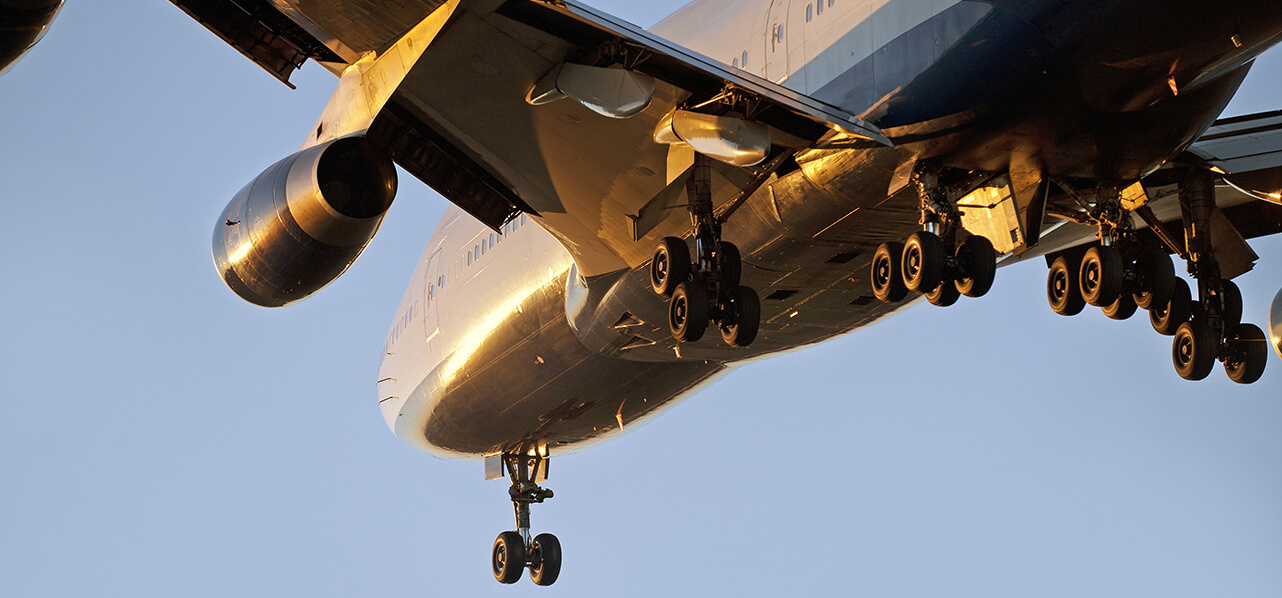The rapid expansion of flights to and from Thailand and the proliferation of Thai and foreign full service and low cost carriers serving Thailand has increased the need for regulatory supervision and oversight.
From 26 July 2019, all airlines operating to and in Thailand must comply with a new Thai civil aviation regulation relating to insurance cover.
This regulation is a timely reminder of the powers the Civil Aviation Authority of Thailand (“CAAT”) has over foreign airlines and operators of foreign registered aircraft.
The regulation, which was gazetted on 27 June 2017, requires airlines to be able to produce evidence of third party liability insurance for the following risks:
- Passenger death and injury;
- Passenger delay;
- Damage or delay to baggage; and
- Damage or delay to cargo.


